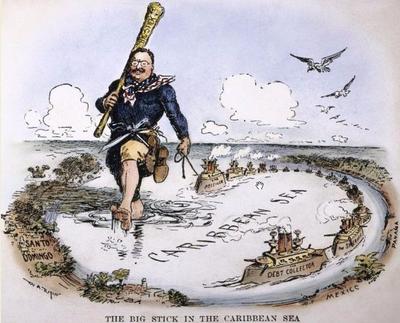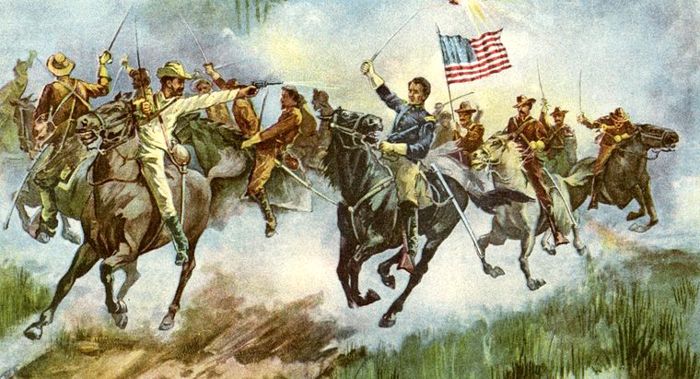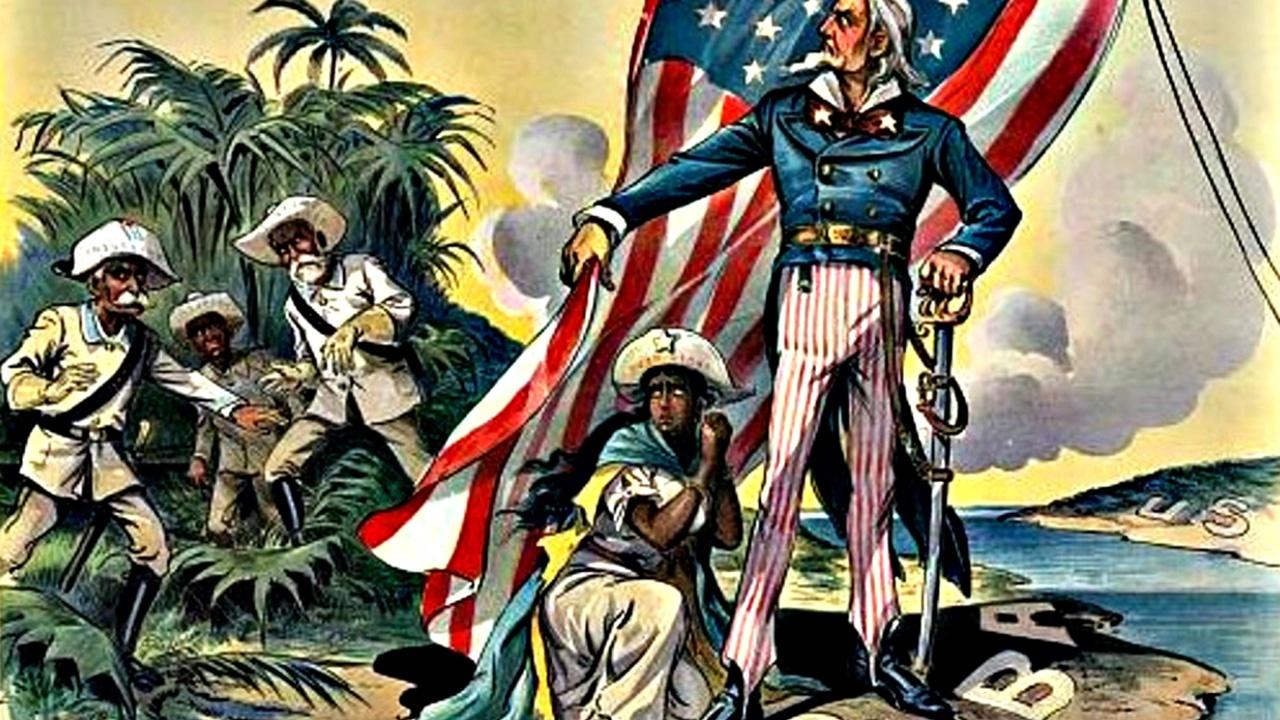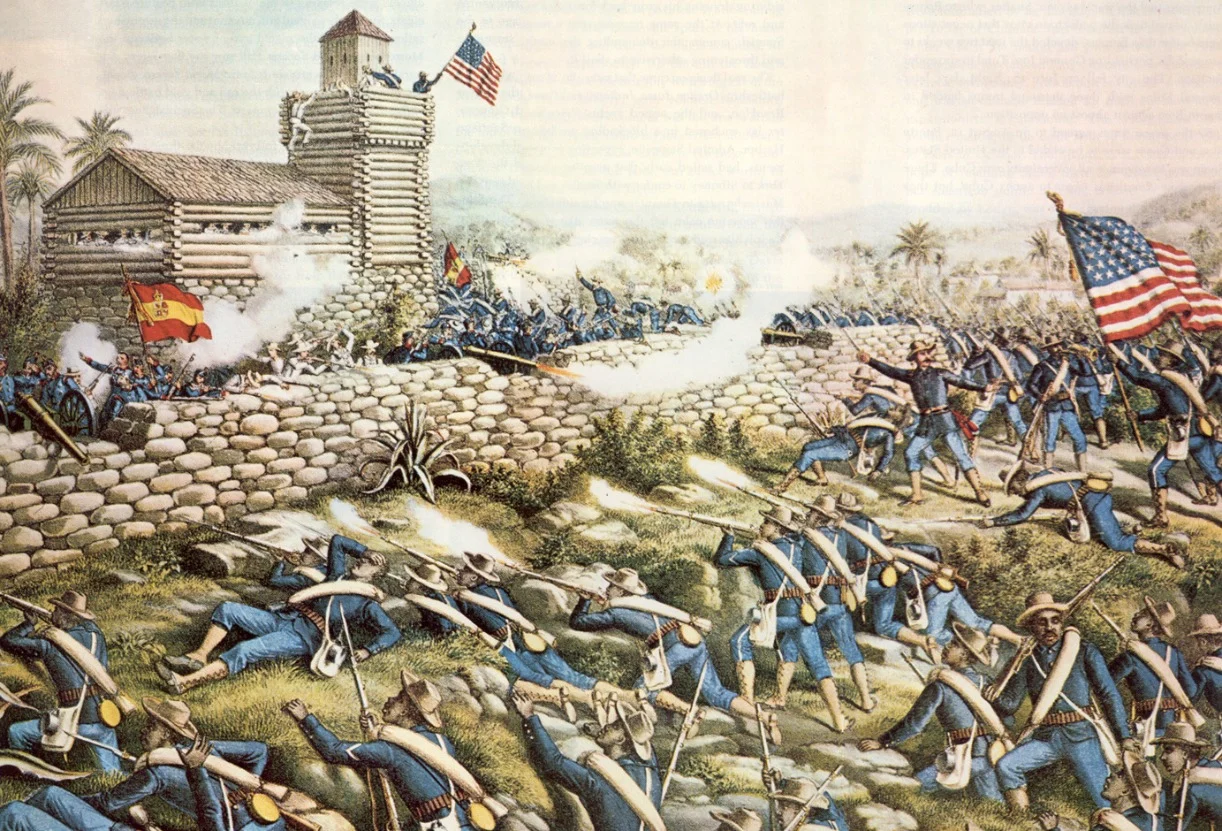"Representatives of Spain and the United States signed a peace treaty in Paris on December 10, 1898, which established the independence of Cuba, ceded Puerto Rico and Guam to the United States, and allowed the victorious power to purchase the Philippines Islands from Spain for $20 million. The war had cost the United States $250 million and 3,000 lives, of whom 90% had perished from infectious diseases."
~ The Library of Congress



